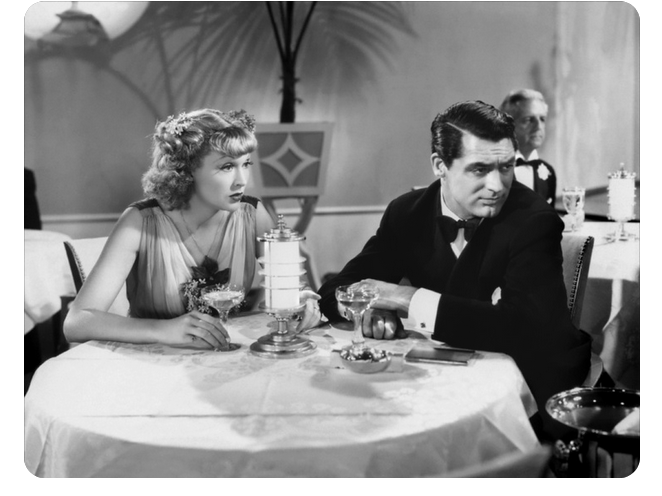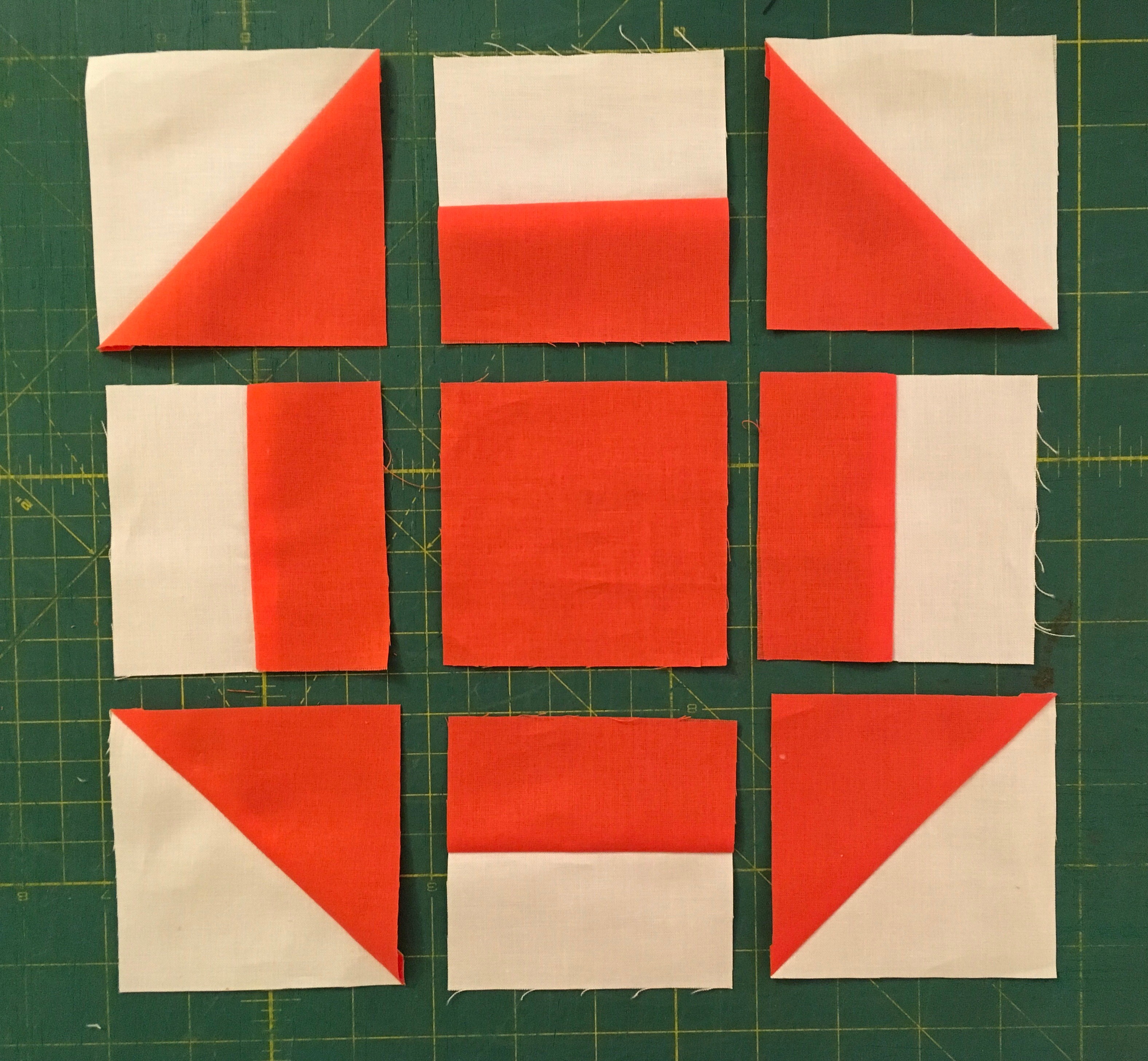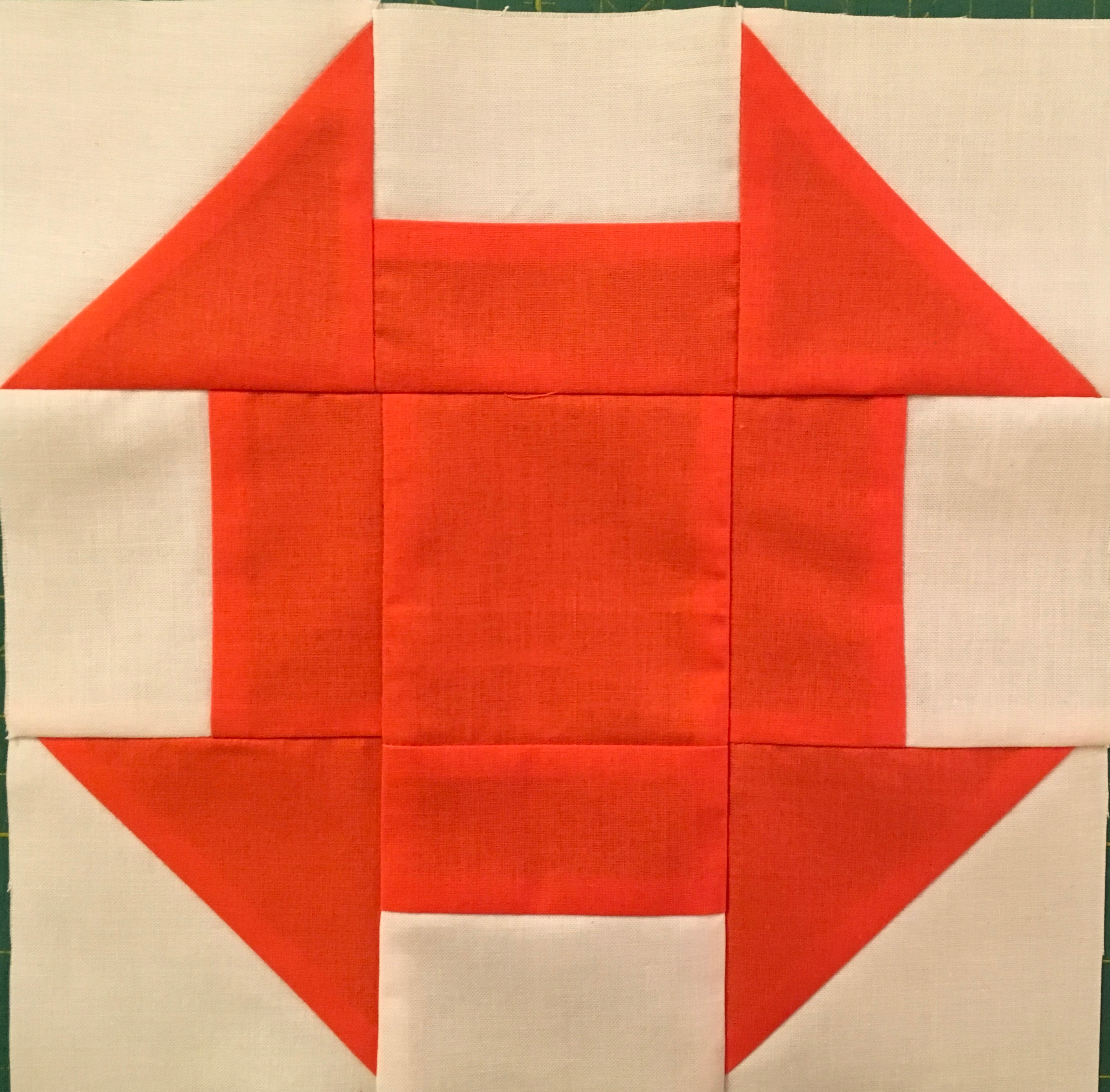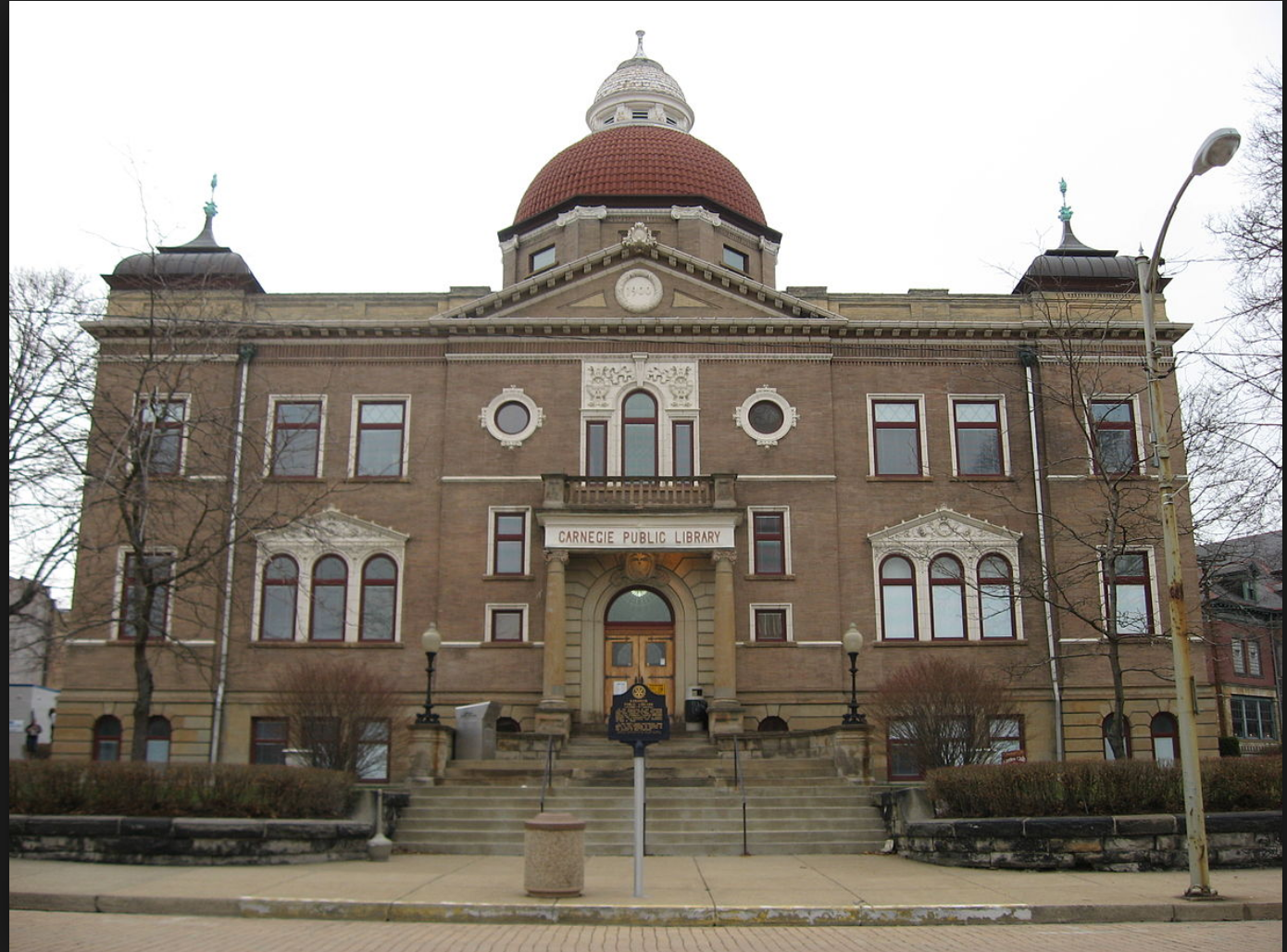In Episode 26, we’re introduced to a new character, the recently widowed Edwina Baldwin.
When Edwina reveals her age to Bess (76), I had to do the math to figure out when she was born. 1857! I suppose at some point in the future a great grandchild of mine will learn I was born in 1964, and it will seem as equally ancient (nearly prehistorical!).
Edwina was a popular girl’s name in Victorian times, and I think it suits our new friend.
Writing this chapter (Chapter 37), I had to do something difficult for me, which is describe a building. In spite of the fact that I went to grad school to study poetry writing, description has always been hard for me. To write the scene where Bess pauses to admire the architecture of St. Luke’s, I found a picture of a church I sometimes attend, and then I had to figure out what you call the windows over the door. Turns out, they’re lancets. Who knew?
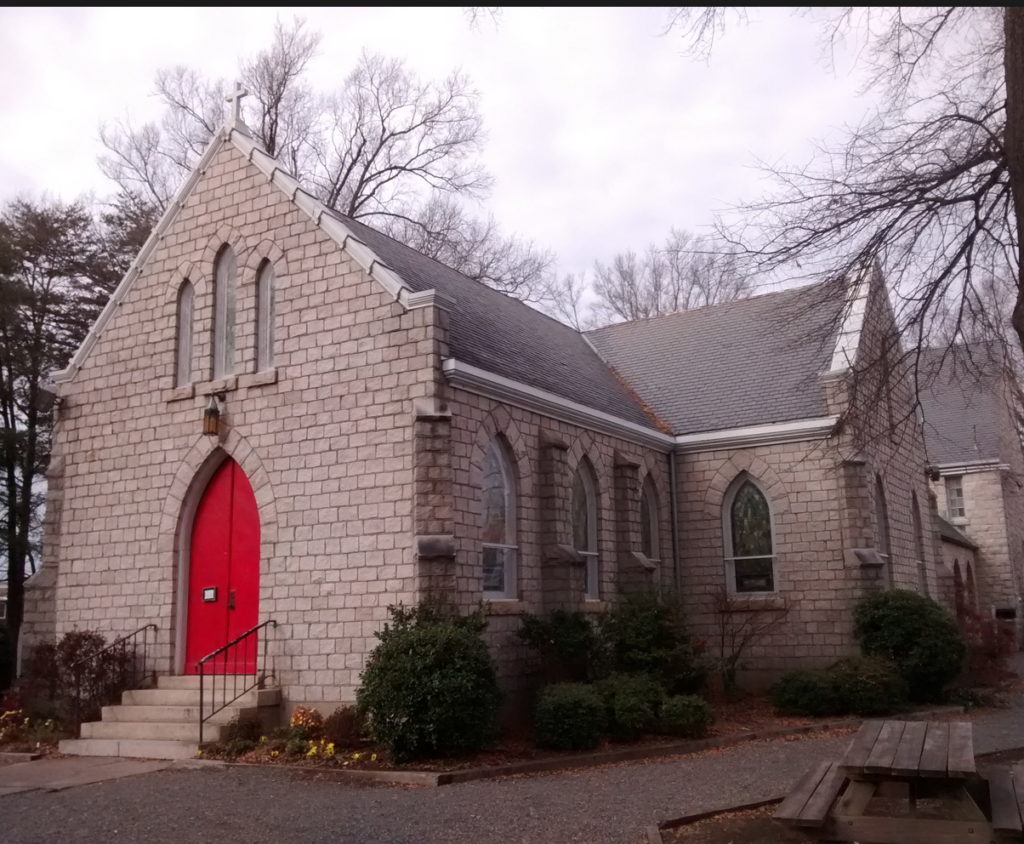
We’re continuing to have fun over at the Quiltfiction Club, Quiltfiction’s closed Facebook group (please join us!). On Wednesday I posted several pictures I’ve found that help me picture Dorothy and her home life. This one especially is close to my heart:
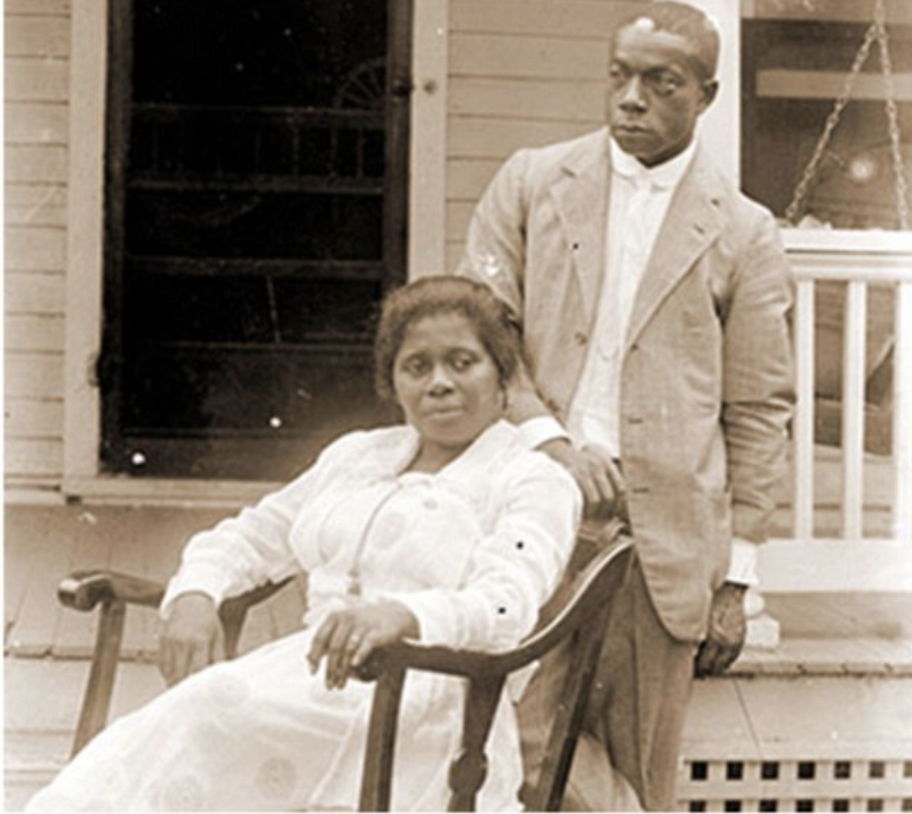
I like to imagine that this is young Dorothy and Wallace in front of their house on Lincoln Avenue. In reality, it’s a photograph of a couple taken in 1918. His name was John Johnson, and he was a photographer who took pictures of people in his community in Lincoln, Nebraska. The woman is Odessa Price, and this is believed to be a wedding picture. They are a remarkable looking couple, and I believe that Dorothy and Wallace might have similar, formidable presences.
If you’re enjoying the Quiltfiction Podcast, please consider reviewing it on iTunes if you haven’t already. Positive ratings and reviews help get the word out about the story. Thanks so much! See you next week!


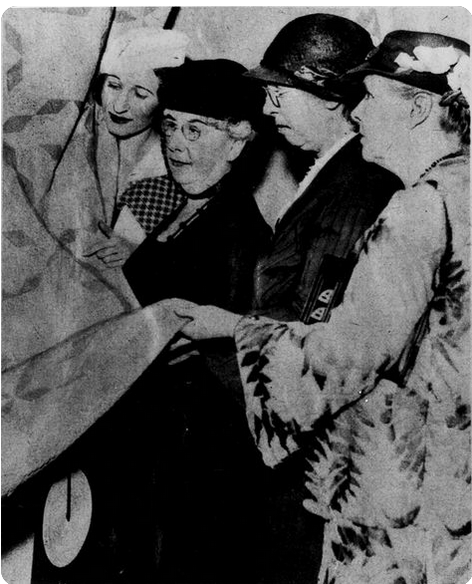
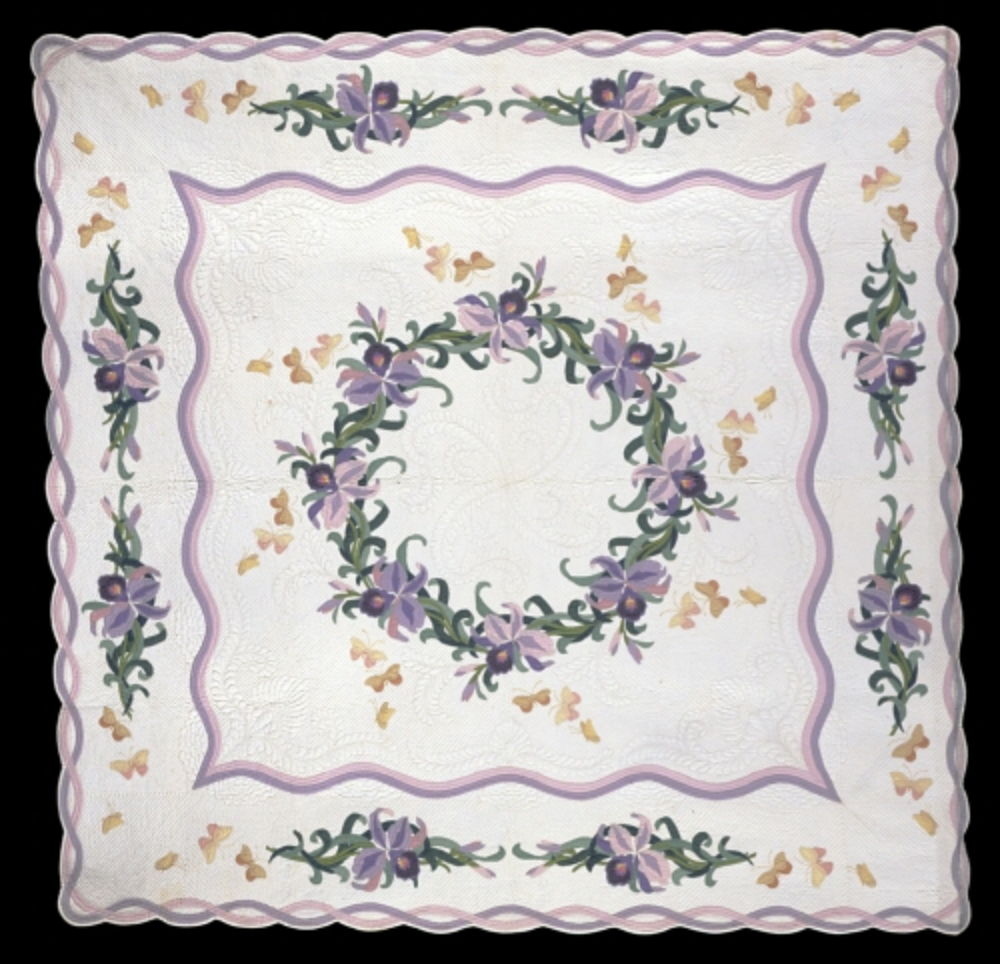
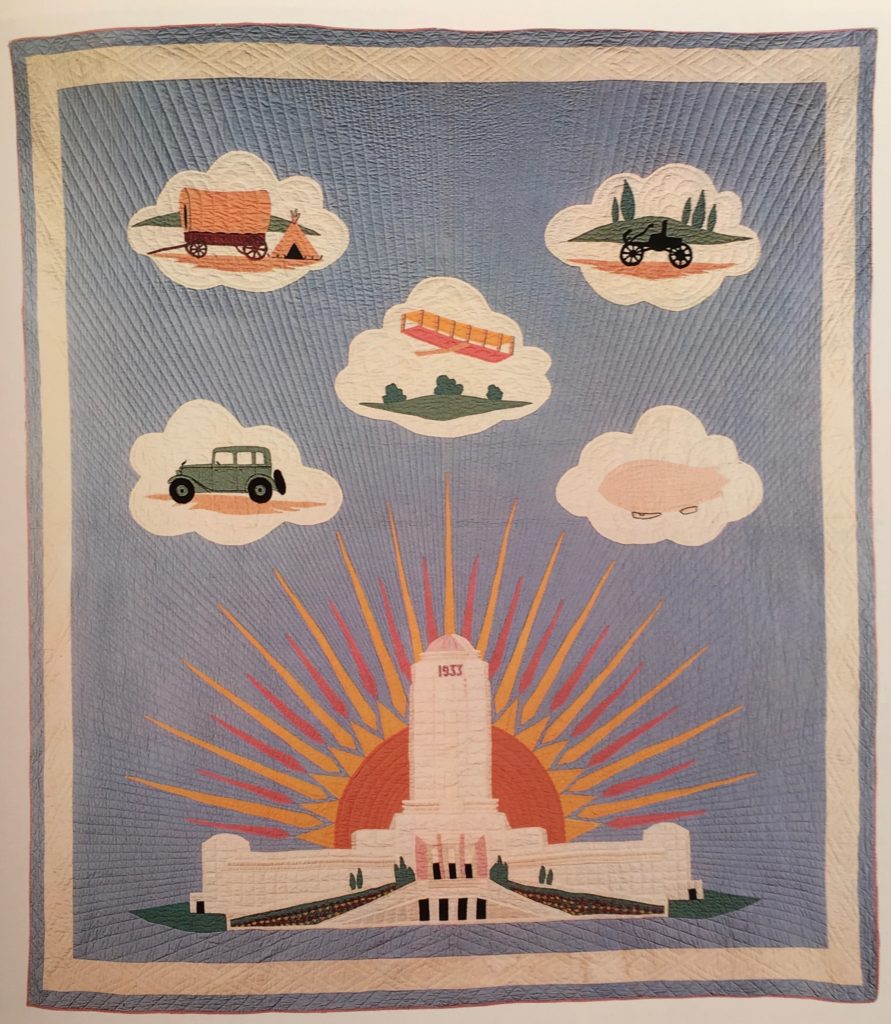
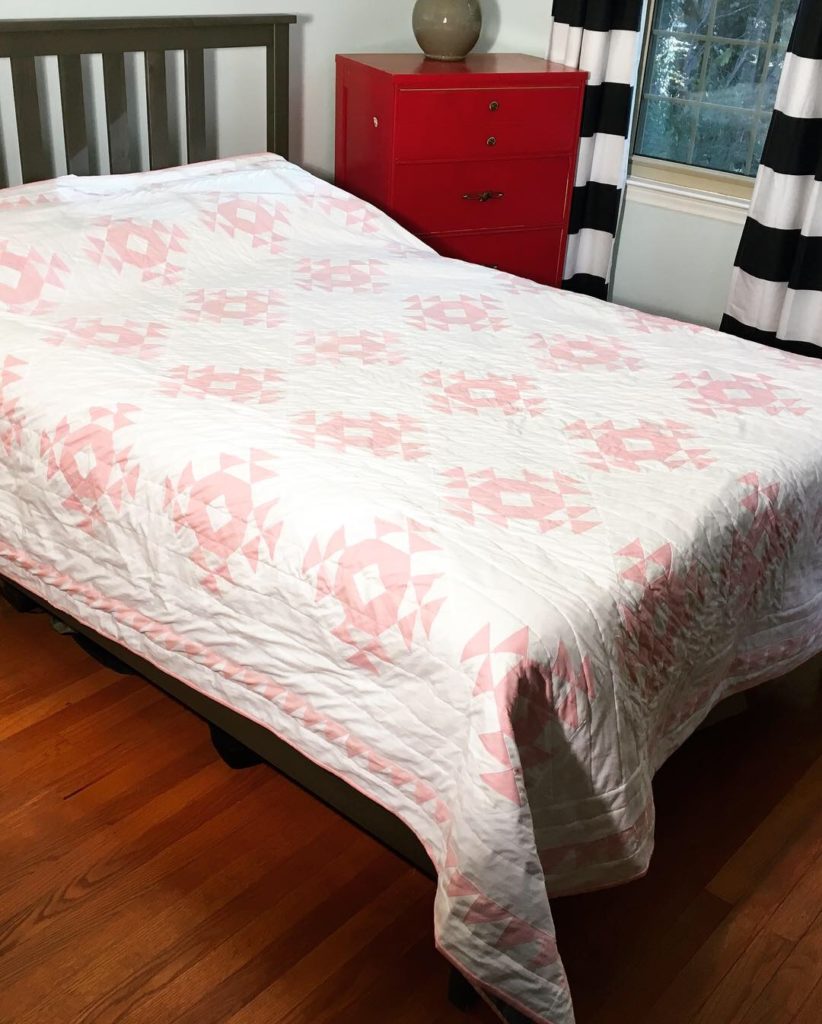
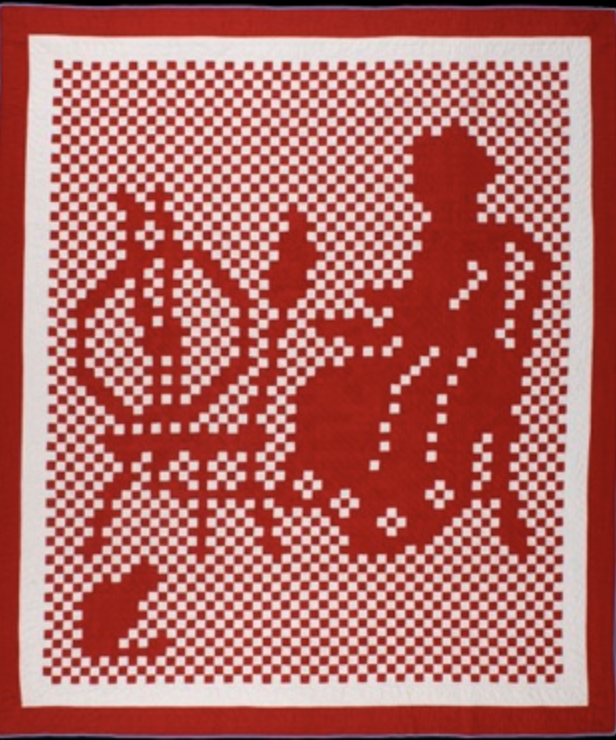
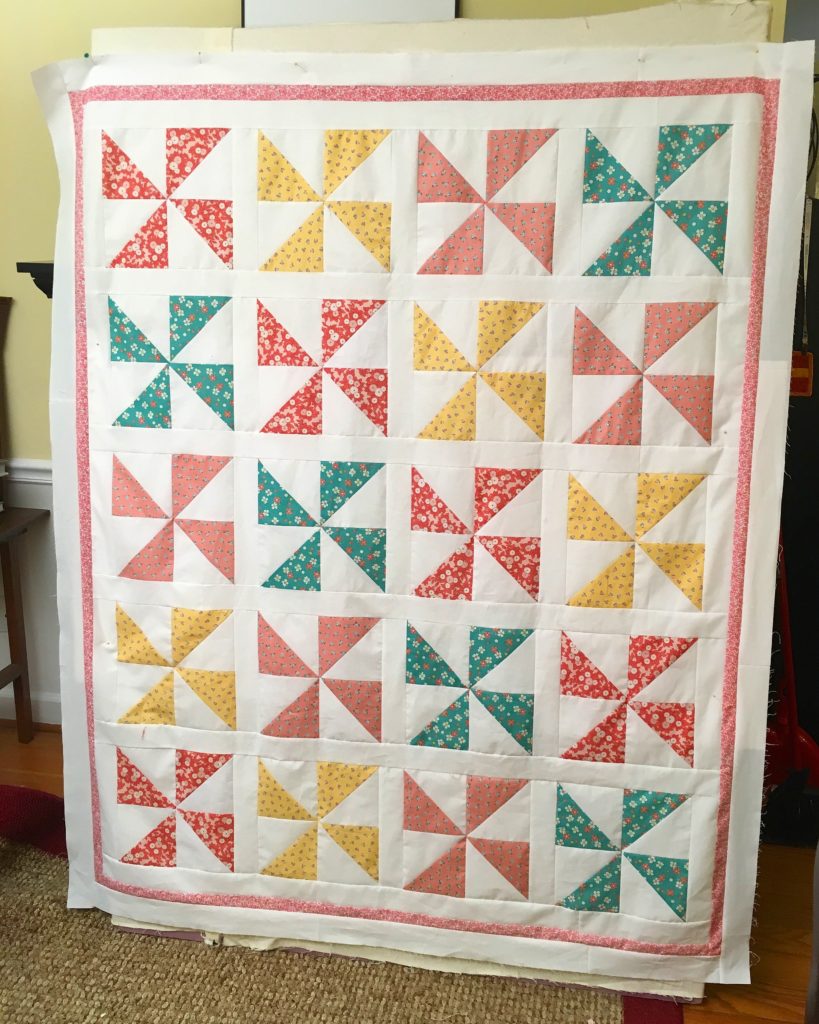
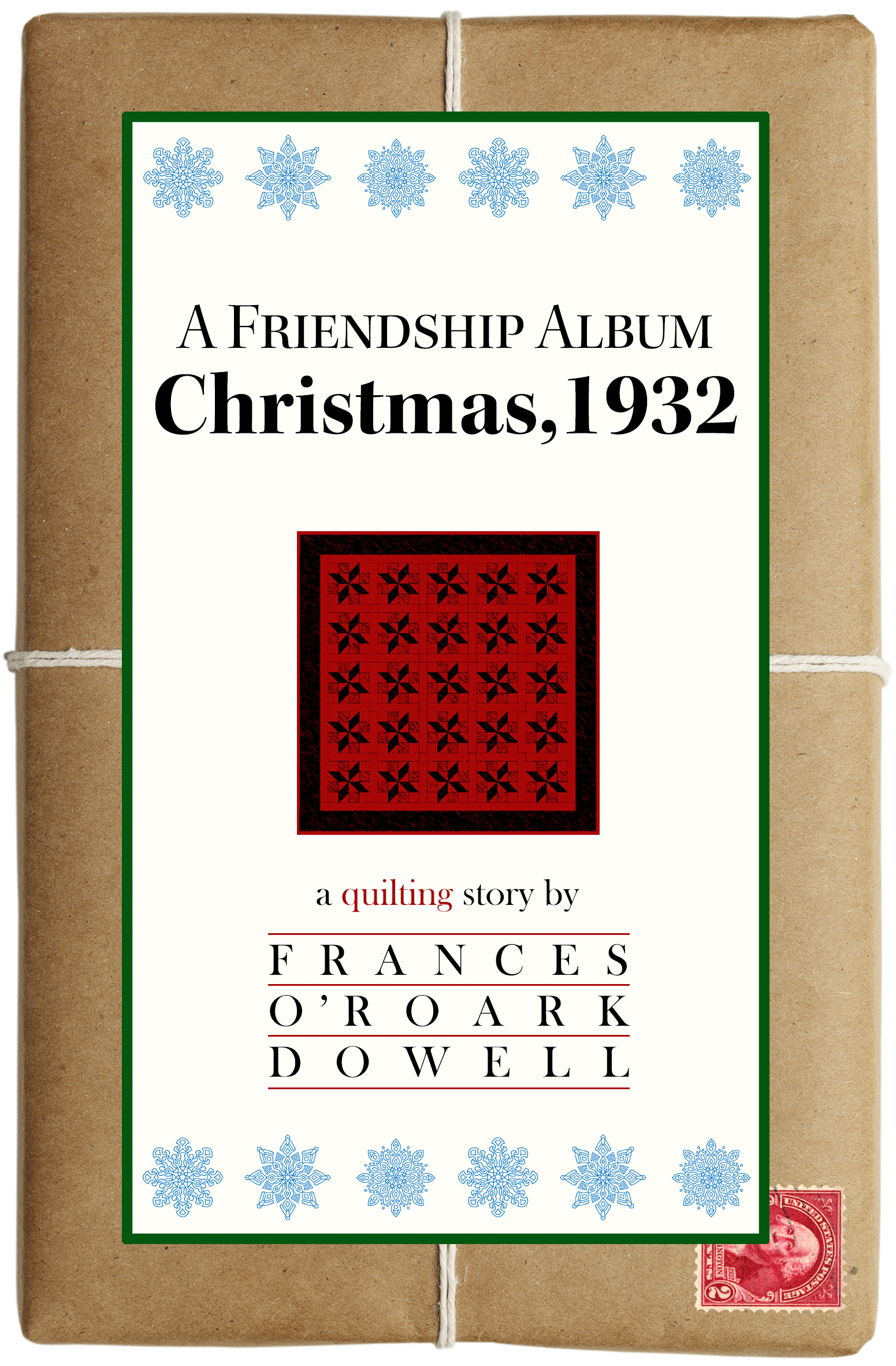

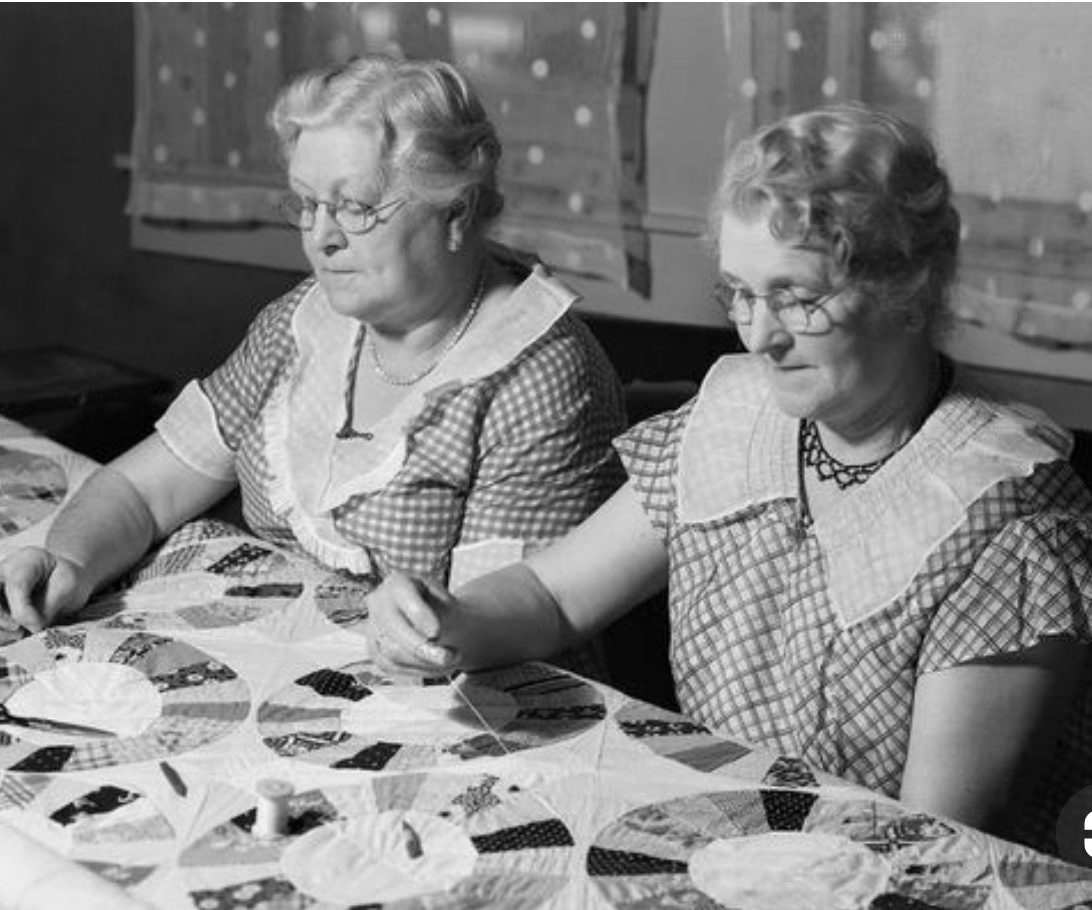
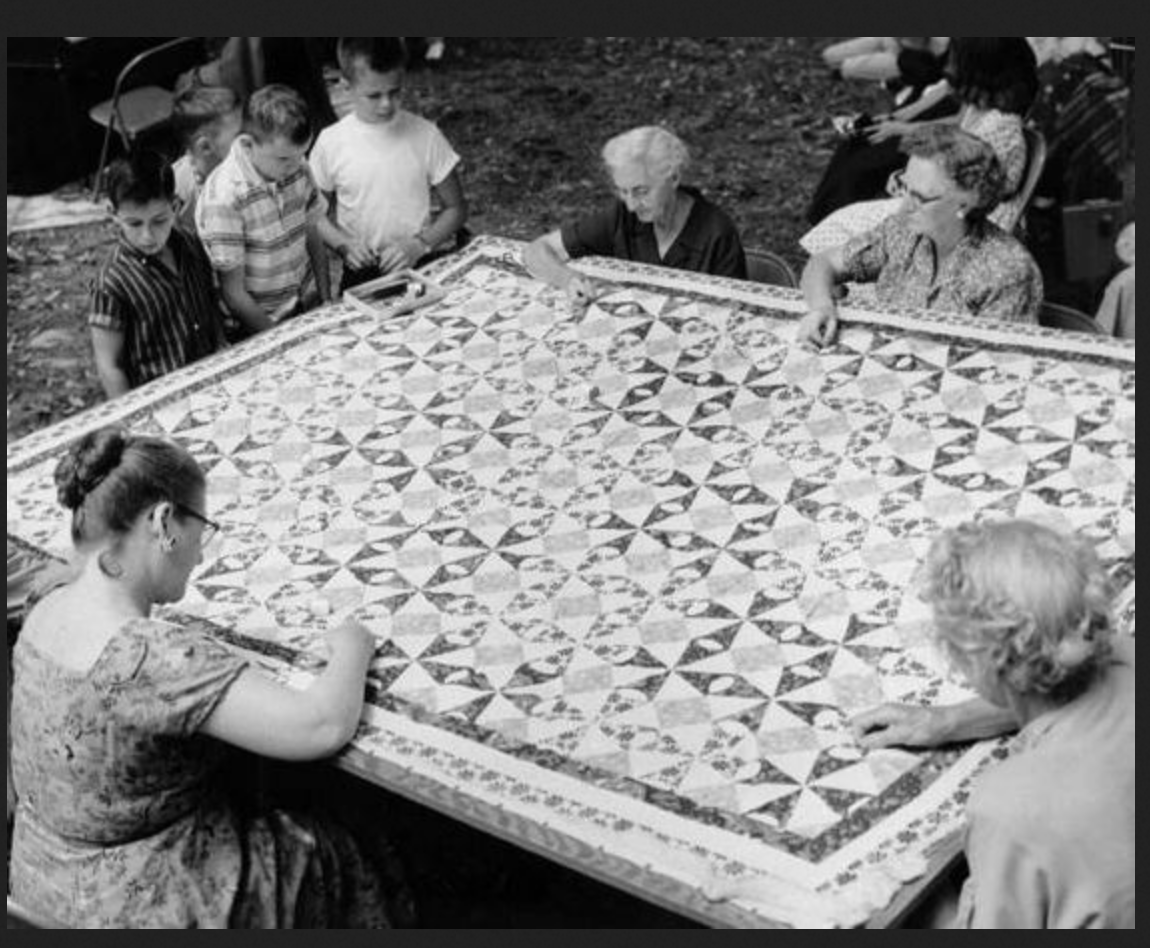
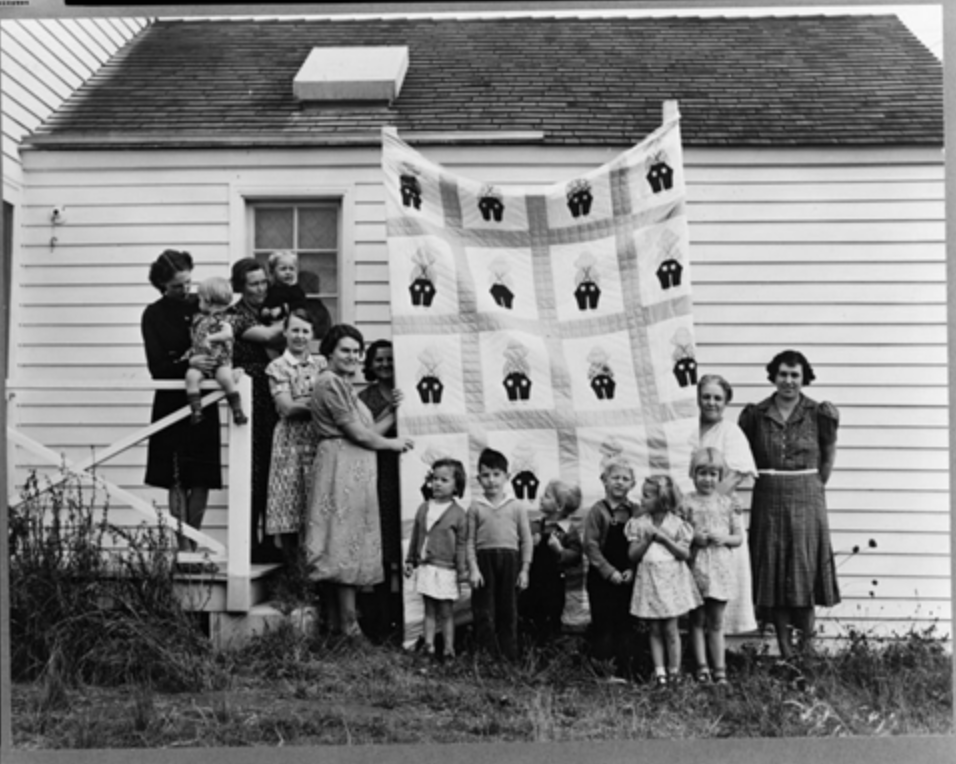
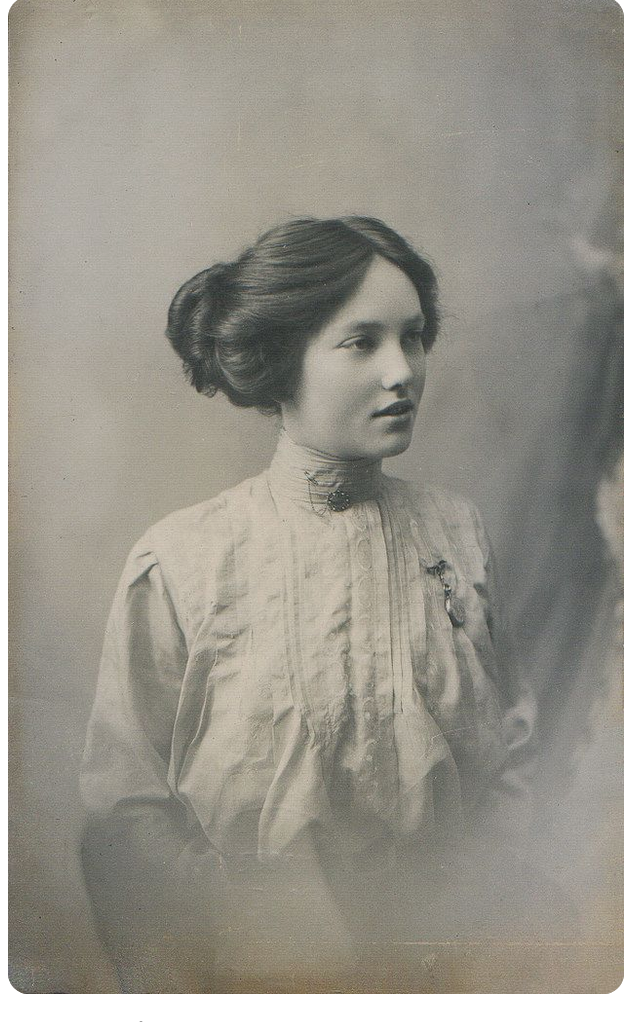 How I imagine a young Bess …
How I imagine a young Bess …